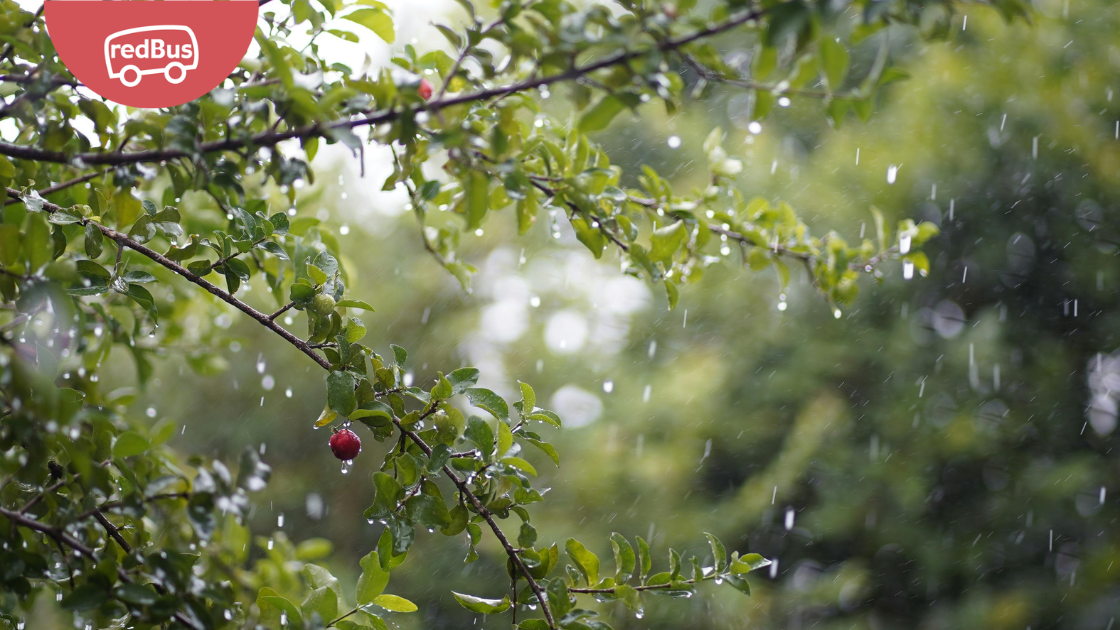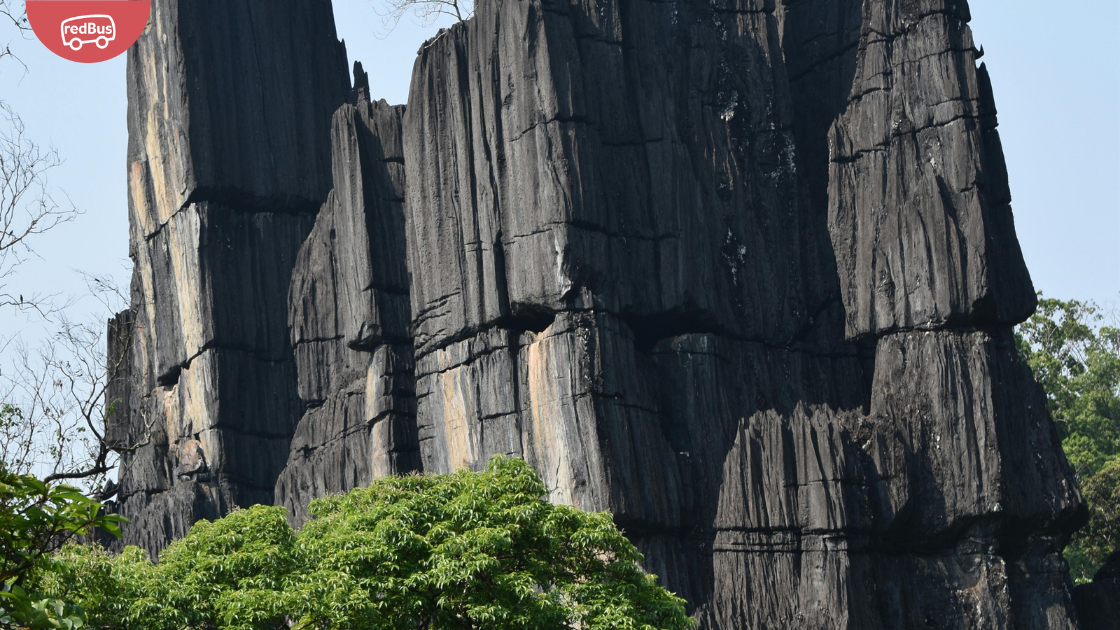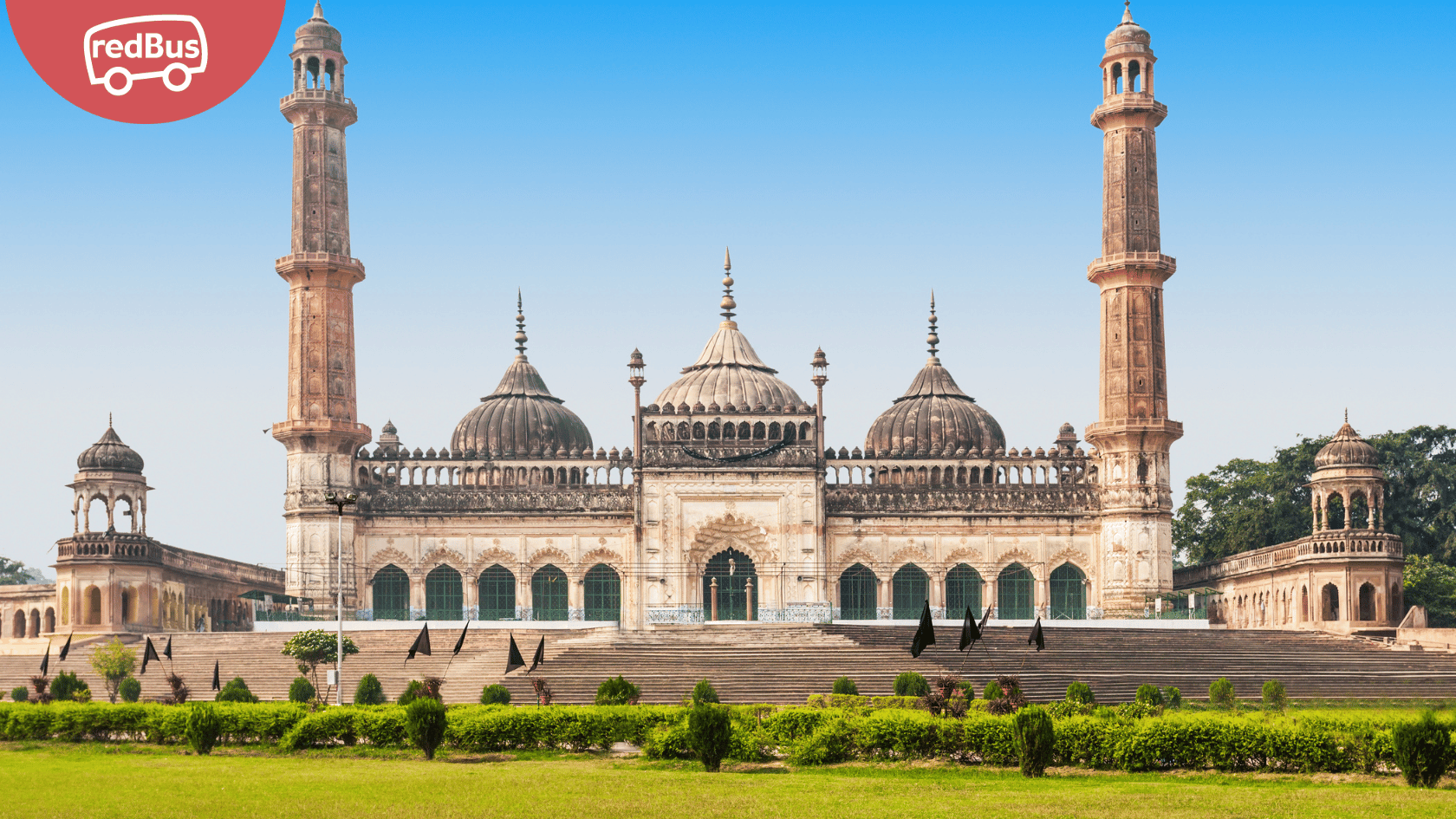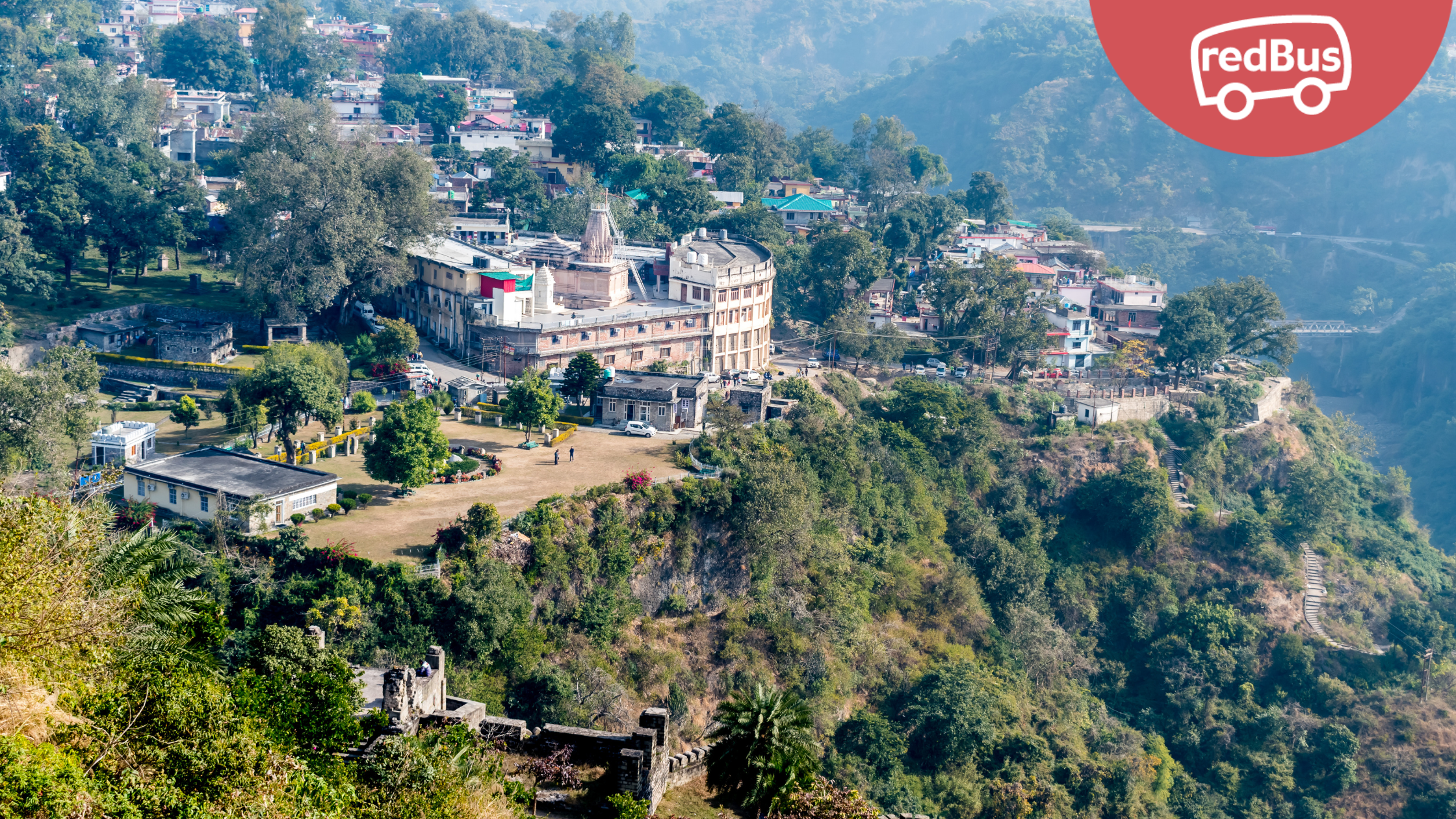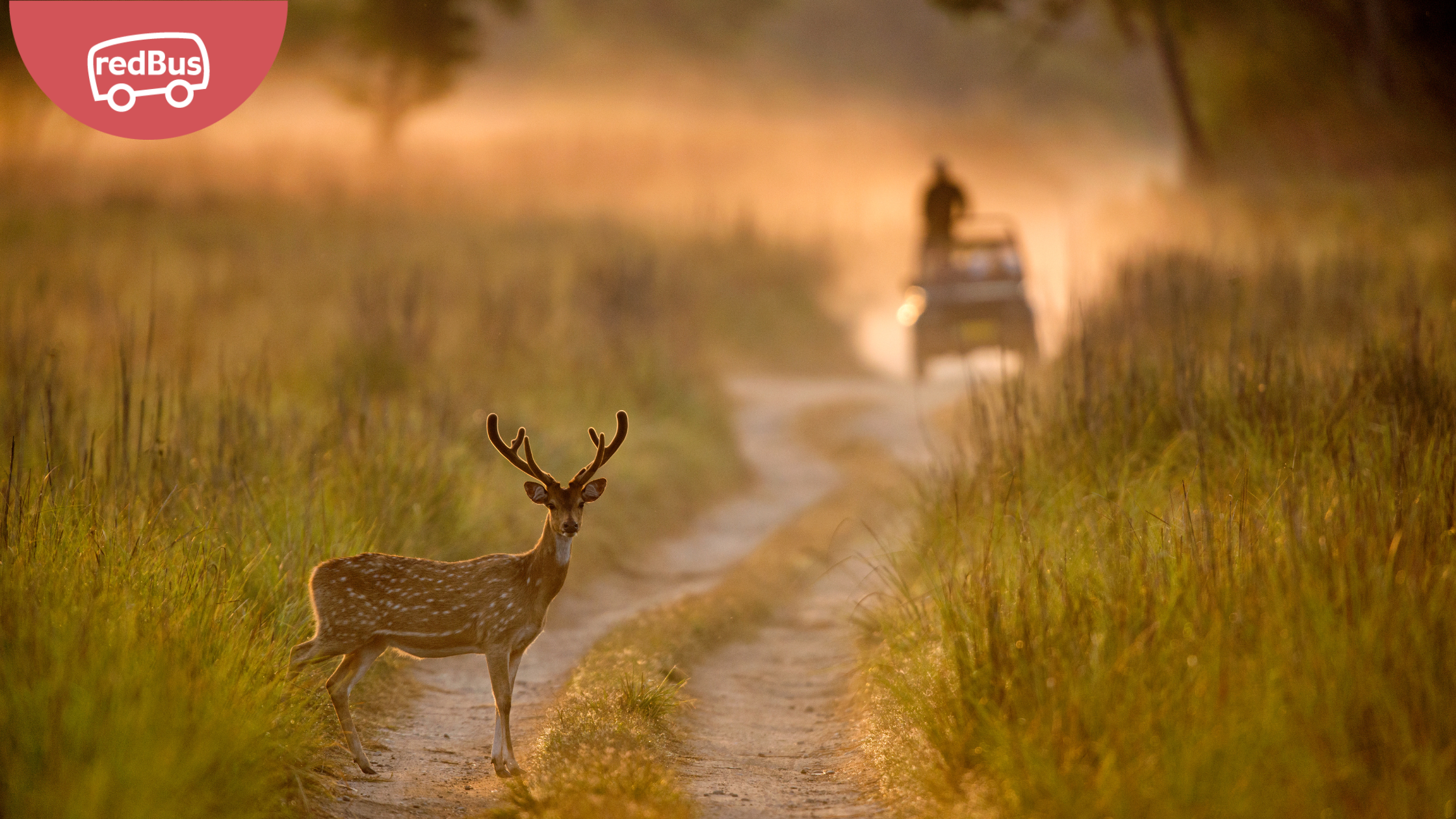In addition to having some Hindu pilgrimage sites, Uttar Pradesh also serves as the home to several Muslim holy sites wherein pilgrimages can be made. In all the well-known cities and small towns in Uttar Pradesh, there are numerous Muslim sights, including mosques and dargahs. Pilgrims will see a variety of Muslim shrines beginning at Lucknow, the nation’s capital. Several shrines belonging to the hermit of the Barelvi Sufi Order can be found throughout Uttar Pradesh. The Hazrat Salim Chishti Shrine at Fatehpur Sikri is the most widely recognized. Another Sufi saint’s shrine, Dewa Sharif, is equally renowned and is located near Lucknow. So here we’ll be discussing all the famous Muslim pilgrimage sites in Uttar Pradesh in detail. So let’s begin
Famous Muslim Pilgrimage Sites in Uttar Pradesh
Moti Masjid
White marble was used to make the three-domed Moti Masjid, also called “The Pearl Mosque,” which is placed on a red sandstone wall. The mosque is noted for its elaborate significance and well-designed architecture. The Mughal Emperor Shah Jahan constructed it as a place of prayer for his family and court officials. The mosque was named “The Pearl Mosque” since it is composed of white marble; it used to gleam like a pearl in ancient times. In addition to being a nice destination, the Moti Masjid is considered one of the famous Muslim pilgrimage sites.
Jawab Masjid
The mosque is made of red stone, making it stand out because it faces east. To keep symmetry with the mosque here on the Taj Mahal’s left side, the mosque was mostly constructed for aesthetic value. There are no prayers said in this mosque because it faces east. It was built for Jawab Mosque to retain symmetry. A mosque constructed of red sandstone can be found to the left of the Taj. It is usual to build a mosque close to a tomb to cleanse the location and provide a holy site. In this mosque, Friday prayers are still held.
Dewa Sharif
Syed Waris Ali Shah’s tomb, also known as Dewa Sharif and Deva Sharif, is located in the Barabanki district of Uttar Pradesh, 42 kms from Lucknow. It was built in honour of the Sufi saint Waris Ali Shah and hosted a sizable yearly fair in October and November, comparable to the Pushkar fair of Rajasthan. The ten-day event draws followers of all faiths who come to the temple to make prayers and stay close for a celebration. It is considered as one of the famous Muslim pilgrimage sites in Uttar Pradesh.
Jama Masjid Fatehpur Sikri
The Mughals constructed some of the most impressive buildings in India’s history. Amazing monuments, palaces, and other structures dispersed across much of modern-day North India were testaments to their architectural prowess. You will encounter Jama Mosque while sightseeing from Agra to Fatehpur Sikri. You will be reminded of the accomplishments made in art and architecture during the rule of the Mughals by its size, dimensions, and beauty in every aspect of it.
Jama Masjid Agra
One of the most amazing destinations to visit in Uttar Pradesh is Jama Masjid, which was built using red sandstone with marble embellishments. It comprises a sizable courtyard that is encircled upon three sides by cloisters. The inclusion of a fountain with four kiosks enhances the courtyard’s charm. They have pillar-supported engrailed arches. On the western side, there is a prayer chamber. One of the biggest mosques throughout India is the Jama Masjid, right across from the Agra Fort. It is built on a substantial terrace that is reached by 35 steps. Indeed, due to its vast size, it can be seen from a great distance, drawing in believers. It is a monument that inspires amazement and awe and is extremely significant both historically and culturally.
Tomb of Salim Chishti Fatehpur Sikri
The Dargah or Tomb of Sheikh Salim Chisti in Fatehpur Sikri is a renowned centre of Muslim worship and is among the best specimens of Mughal architecture. According to a well-known tradition, Khwaja Salim Chisti’s prayers caused Akbar, who did not have a successor, to be blessed with a baby boy. The great emperor gave his son Salim as a sign of respect; he became the fourth Mughal emperor and was recognized by the imperial name Jahangir.
The white marble tomb of Sheikh Salim Chisti is located in the centre of a sizable sandstone formation. The delicately carved marble jali screens are a good example of fine craftsmanship. The stunning serpentine brackets that hold the broad chajja on all four sides will astonish you. Several women come here yearly to pray for a child and tie a thread to the jali windows. They return to the saint once their wish has been granted to appreciate them for their generosity.
Atala Masjid
Atala Masjid’s unique characteristic is that, although it is a mosque constructed by Muslim kings, it exhibits strong influences from Hindu architecture. In reality, the entire Masjid bears a striking resemblance to Hindu architectural design. The Atala Mosque is located on an Atala Devi temple site, which accounts for their similarities. Jaunpur also derives its name from this Hindu Temple, hence the Atala Masjid.
Bada Imambara
Since its construction two hundred years ago, the Bhool Bhulaiya in Bada Imambara in Lucknow has fascinated architects and travellers. To assist the underprivileged in making a living during the drought of 1784 AD, the structure was commissioned by the fourth Nawab, Asaf-Ud-Dowhala. Yet as soon as it was built, it represented Lucknow’s grandeur and dignity.
The Moti Masjid, Dewa Sharif, and Jama Masjid Fatehpur Sikri are three notable Muslim pilgrimage sites that may be found in Uttar Pradesh. In addition to being significant to Muslims, these locations attract tourists from around the globe interested in India’s vast religious and cultural heritage. Now you’ve all the necessary information regarding some of the Muslim pilgrimages. For a better understanding, you must read the above-mentioned information; it will clear all your doubts.

